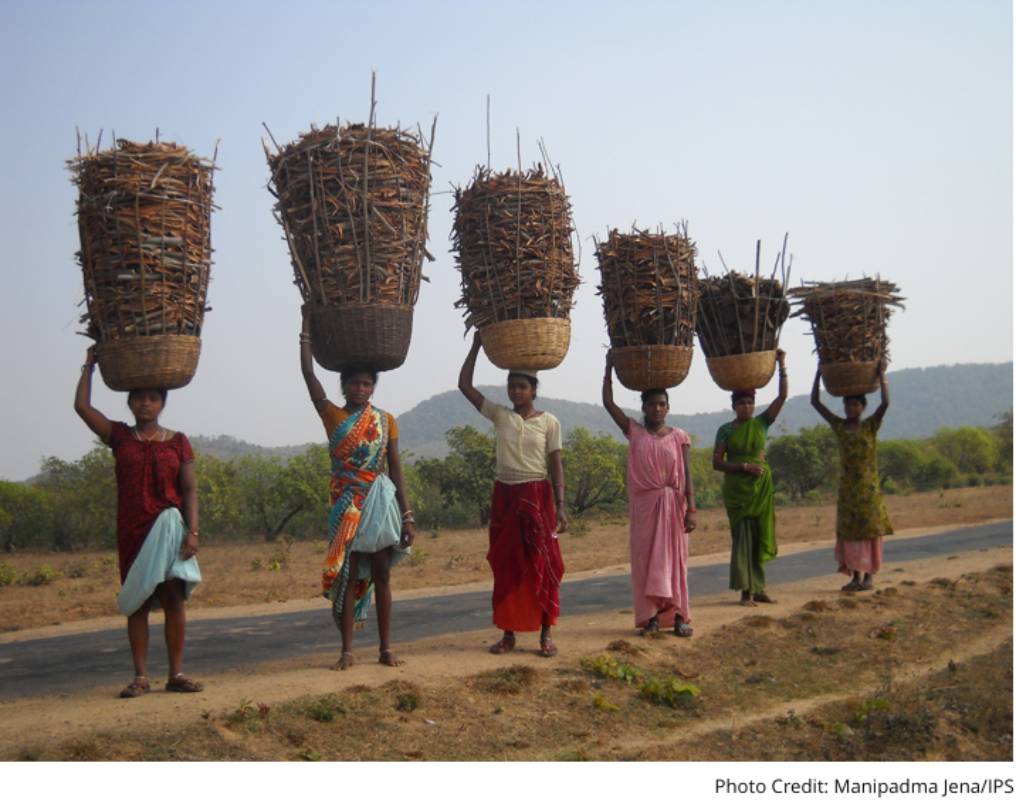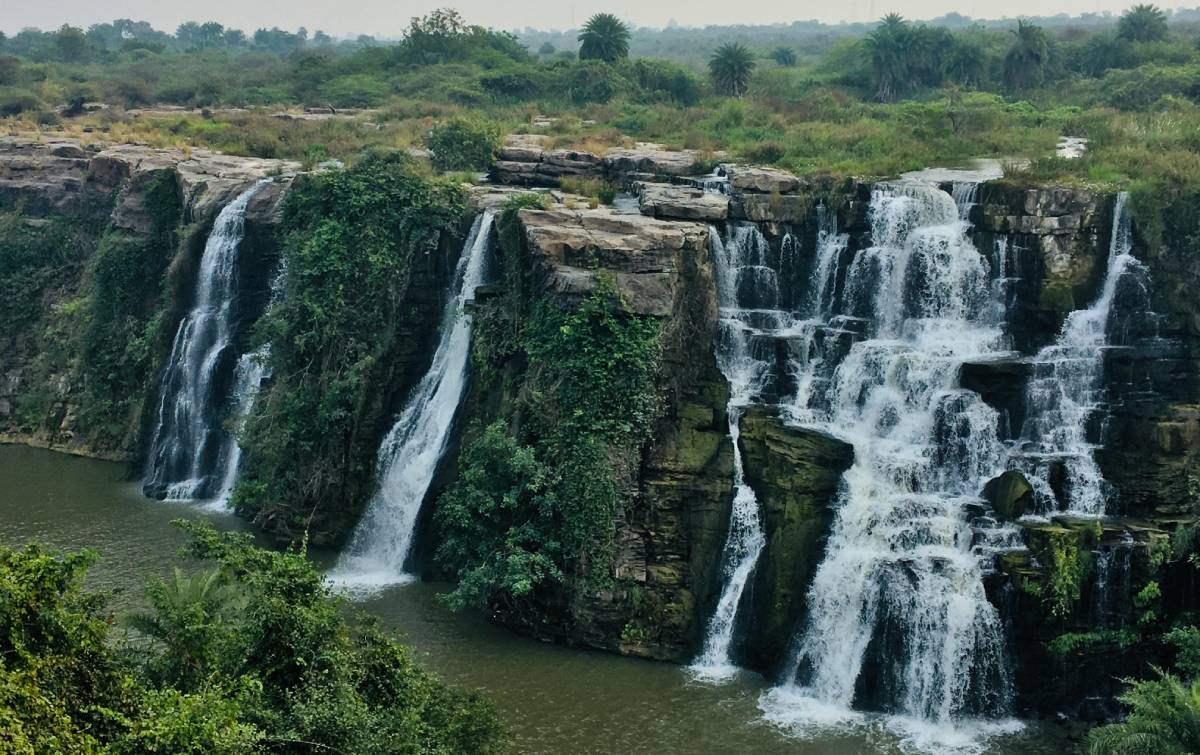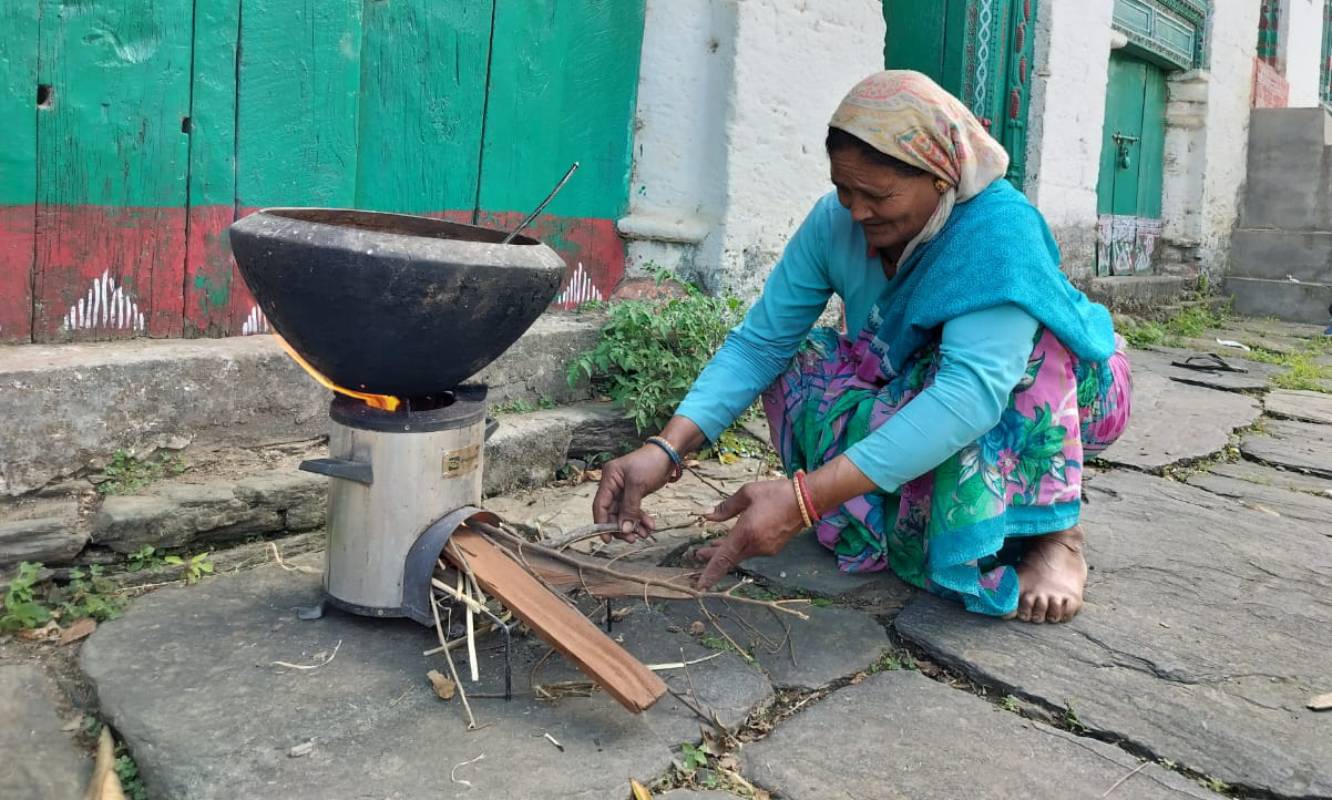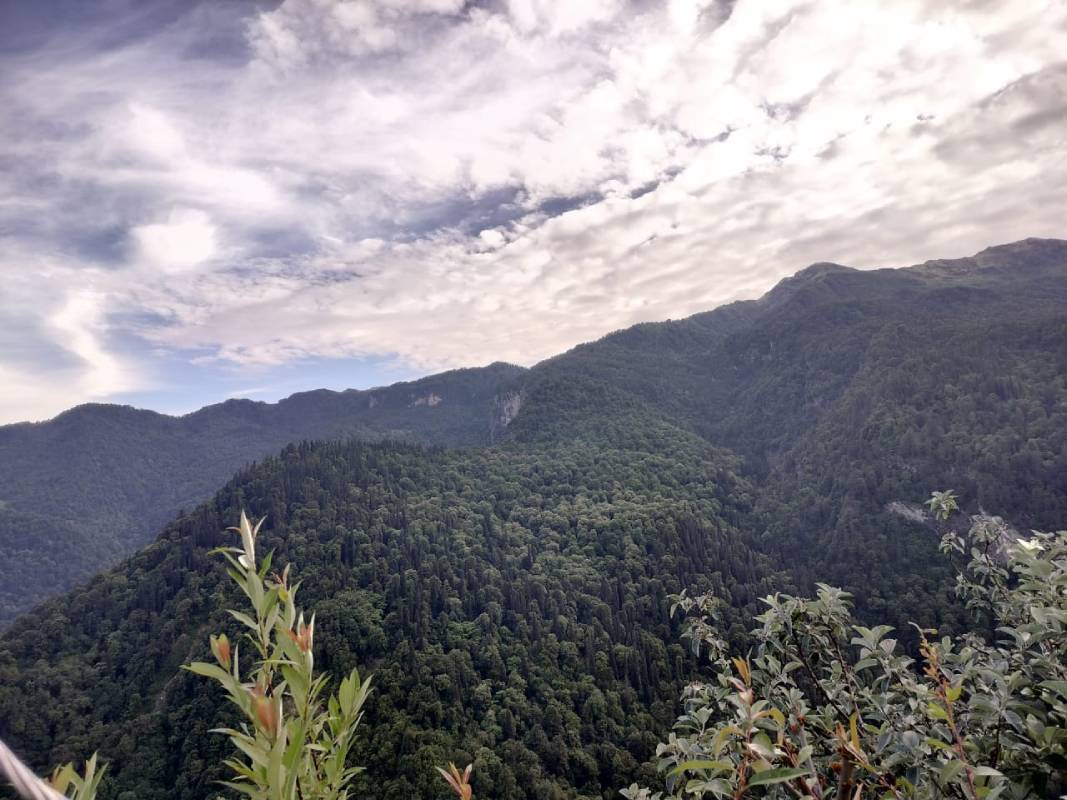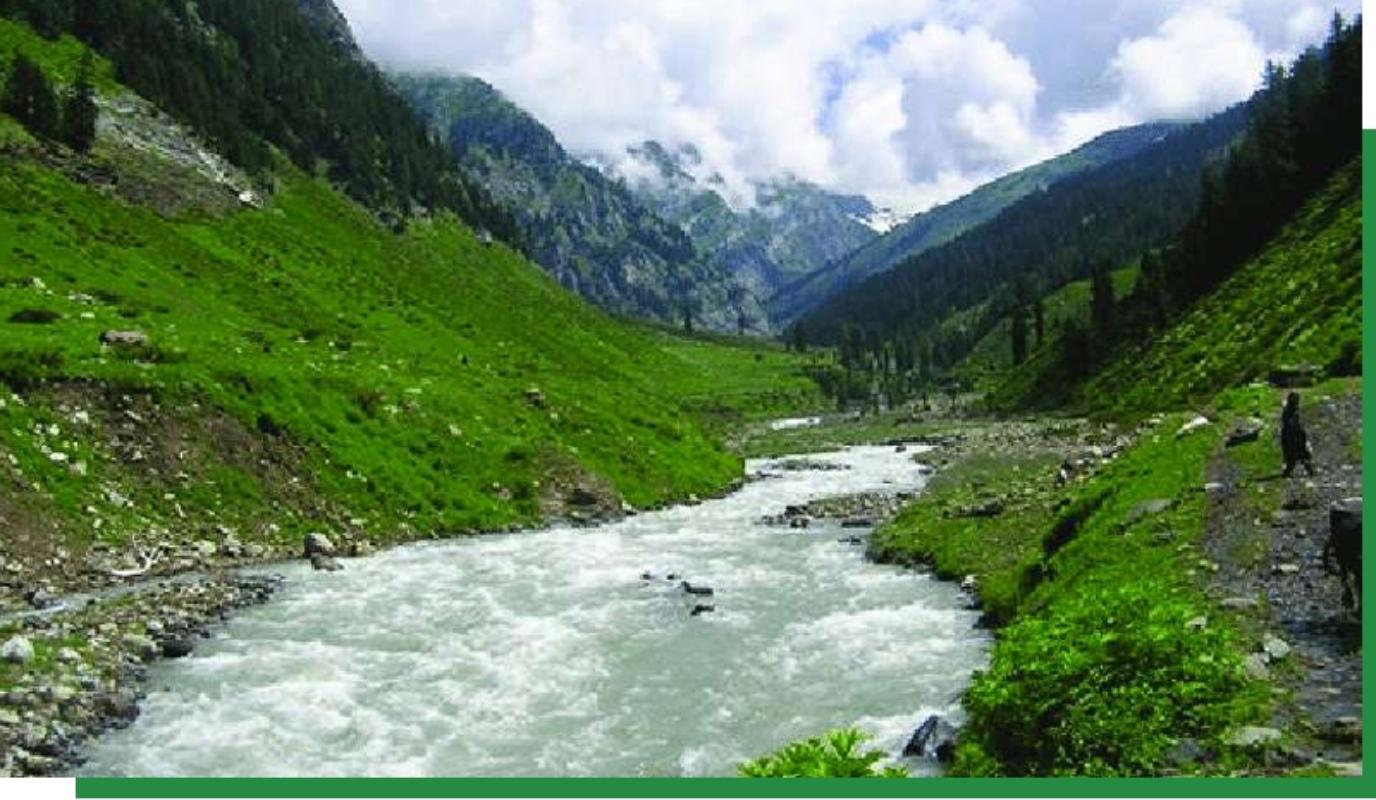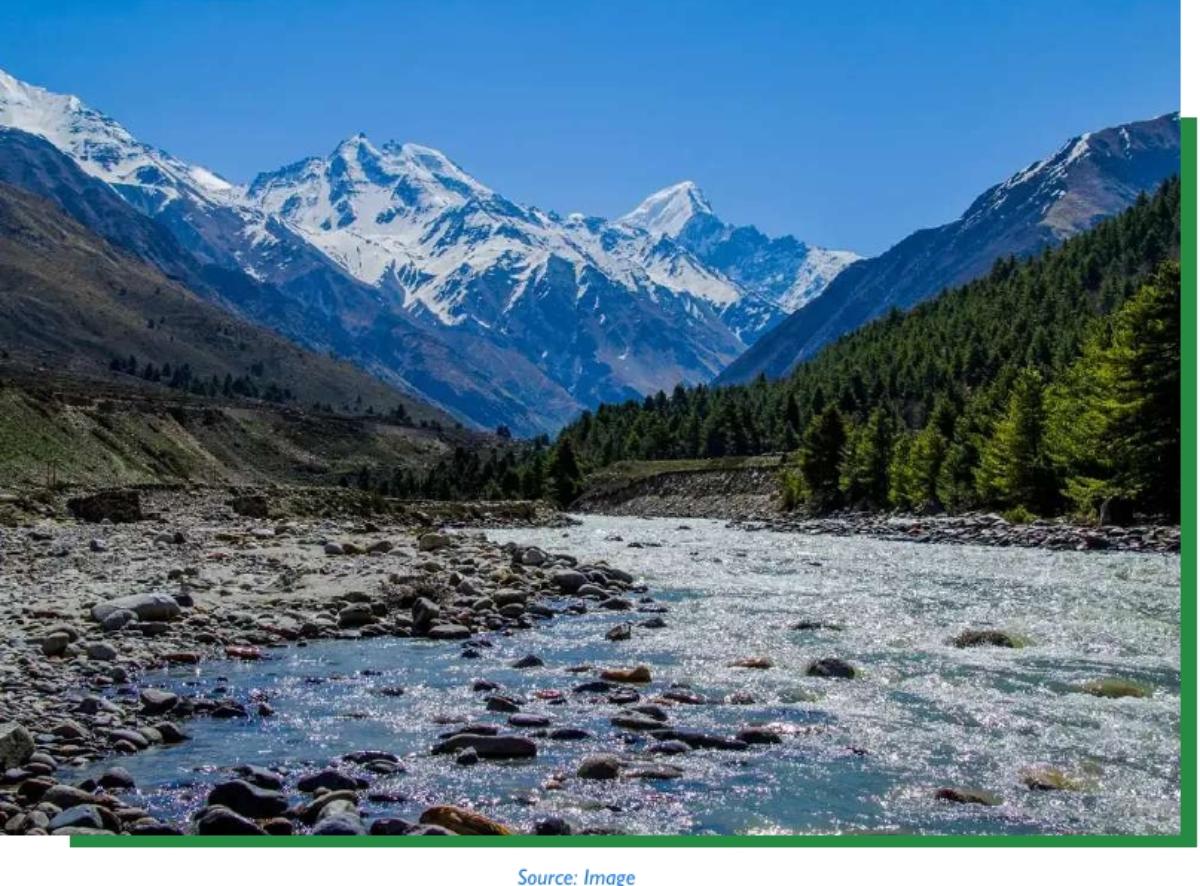Introduction
The conflict between state and forest dwellers in India is not new. It increased in the past as the state started controlling forest by declaring them protected area. The network of protected forest in India has tremendously increased from just one in 1937 (Jim Corbett National Park) to 771 as of today. These forests have been traditionally providing livelihood to nearly 350 million people across the country. The increased control of the state over forest in last eight decades led to conflict with forest dwelling communities. The forest department’s control over forest imposes restriction on livelihood activities of people such as grazing, agricultural activities, residence of people inside the forest and collecting firewood and non-timer forest produces. These restrictions are derived from the conservationist approach, which believe in the protection of forest by restricting human activities inside the forest. On the other hand, forest dwellers (most of them are tribals) have been arguing that they know how to protect forest in sustainable manner as that is their tradition and culture.
Public policies and governance around forests conservation are largely dominated by the classic conservationist approach. Right from the colonial law the Indian Forest Act, 1927 to the Forest (Conservation) Act, 1980 insists for alienating tribal and other forest dwellers from the forest. This policy approach changed slightly from late 1980s. The National Forest Policy, 1988, The Panchayat (Extension to Scheduled Area) Act, 1996 (PESA) and the Scheduled Tribe and other Forest Dwellers (Recognition of Forest Rights) Act, 2006 (FRA) are few legislations framed in last three decades, which recognized symbiotic relationship between forest and its traditional dwellers[1].
Despite a shift in policy formulation in last few decades, the forest governance remained unchanged. The forest department still draws its motivation from laws framed with conservationist approach. Moreover, it tries to interpret new generation laws including FRA, 2006 and PESA, 1996 from the conservationist approach. Many forest officials and conservationist believe that these laws are anti environment and will lead to further degradation of forest and wild life. A group of conservationist civil society organizations led by Bangalore based organization namely ‘Wildlife First’ challenged the constitutional validity of the FRA, 2006 in the Supreme Court of India. In a recent order under this case, namely Wildlife First and Ors Vs Ministry of Environment and Forest & Ors directed state government to evict nearly two million people from the forest whose forest right claim has been rejected[2]. However, state and central governments have requested time from the Court to review rejected cases of Forest Rights claims under the FRA, 2006 before initiating the process of eviction.
It shows that the mainstream political discourse in India is sensitive towards the symbiotic relationship between forest and its traditional dwellers. However, forest conservationists to assert their arguments have used the recent order of the Supreme Court. While both sides of the debate around the Forest Rights Act, 2006 have arguments in their favour, this article attempts to highlight them here and proposes way forward.
The Debate around Forest Conservation
The Scheduled Tribe and Other Traditional Forest Dwellers (Recognition of Forest Rights) Act, 2006 commonly known as the Forest Rights Act, 2006 (FRA) recognizes that the alienation of tribal and other forest dwellers from the forest by the state was injustice with them. This alienation took place largely because of expanding protected forest area and development projects such as mining and power projects in last many decades (both before and after independence). The FRA, 2006 provides for range of individual and community rights over forest to tribal and other forest dwellers. These rights include right of individual forestland for agriculture and residence and community forest rights for collection of forest produce, fuel, firewood etc. Additionally it provides for habitat rights for Particularly Vulnerable Tribal Groups (PVTGs), developmental rights for village level infrastructure and in situ rehabilitation of displaced forest dwellers.
Status of Forest Rights Claim under FRA, 2006
As of March, 2019
| Claim Status | Individual Claims | Community Claim | Total |
| Total Claim received | 40,89,035 | 1,48,818 | 42,37,853 |
| Total Titles Distributed | 18,87,894 | 76,157 | 19,64,048 |
| Total Land Distributed (in Acres) | 41,33,891.33 | 84,04,870.81 | 1,29,38,762.14 |
Source: https://tribal.nic.in/FRA/data/MPRMar2019.pdf
The Forest Rights Act, 2006 has allotted 41.33 lakh acres land to 18.87 lakh tribes and other forest dwellers for their individual use including agriculture and residence. Similarly, in the case of community forest right, 84.04 lakh acres of forest has been allotted for 0.76 lakh communities for their common use, which includes collection of firewood and minor forest produces. Data shows that more than half of claimants have not received any land under the law.
The classic conservationist paradigm argues that people causes destruction of biodiversity[3]. This destruction is termed as ‘biotic interference’. The term ‘biotic interference’ is used to describe the assaults made on the forest by local communities seeking fuel, fodder, other forest produce and using forest land for agriculture[4]. The conservationist approach argues that the Forest Rights Act actually promotes biotic interference and therefore forest will further degrade. Major objections of this group against the law are as follows:
- An anti-environmental law: The conservationist group argues that this law is anti-environment, as it does not take in account the basic principles of classic forest conservation. It allows people to live and earn livelihood from the forest. According to them both living and earning livelihood from the forest will lead to the degradation of forest. It has also been argued that the law does not distinguish between landowner forest dweller and land less forest dwellers. According to the law, all tribal and other forest dwellers can claim maximum of 2 Hectare of forestland they occupied before December 2005. It actually allows influential people who already have land in their name to occupy more forestland.
In the contrast tribal right activists and tribals believe that the FRA is a progressive law and it provides for due rights of forest dwellers. They argue that they have been residing in forest for generations, and they have conserved the forest by their environmental friendly traditions and sustainable management of forestland and forest produces. In few cases, it is true that the land for agriculture occupied by tribal is relatively new, but they have been residing there for many generations depending on forest produce and forest land. Many studies in the last few years, analyzing impact of community forest rights found that the community control over forest has resulted into better management of the forest[5]. Moreover, both conservationists and tribal activist have used the FRA, 2006 to save forests and other natural resources in many places including Niyamgiri in Odisha[6]. A similar struggle is going on in Chhattisgarh, where tribal are struggling to stop mining in Bailadila in Bastar region.
- Fragmentation of the Forest: The second objection is that the distribution of individual forest rights has fragmented the forestland. According to them, allocation of agricultural plots inside the forest for villagers has fragmented the forest. It has been argued that fragmented forest is not only harmful for the forest but it will adversely affect wild life.
Tribals living inside the forest area are largely dependent on minor forest produces for their livelihood. For every season, they have something to collect from the forest. Agriculture makes small contribution in their livelihood. For example in the Bastar region of Chhattisgarh, tribal in deep forest have some agricultural land from where they get only one crop in a year. Moreover, the forest and agricultural land are intertwined and amalgamated in such a way, that in a non-agriculture season, it is difficult to distinguish land from the forest.
- Harmful Cultivation: The third criticism of the law is that with increasing mechanization of the agriculture in rural India, tribals too have started mechanizing their cultivation by using machines and equipments. The threat is that with the use of machine, modern equipments and chemical fertilizers for maximizing output will eventually take tribal away from their traditional system of agriculture. The mechanization of agriculture in forest has higher potential to harm forest and wildlife. Such mechanization will disturb forest ecosystem servicing.
Agriculture is a sub-set of tribal occupation, however, it is true that harmful cultivation inside the forest is bound to destroy local ecology and adversely affect forest and wildlife. The mechanization of agriculture and use of chemical fertilizer to increase production are harmful but it is rapidly expanding in India. However, largely tribals are not into it. They still are practicing their traditional agriculture. In the Bastar region of Chhattisgarh, tribals residing inside the forest are dependent on cow dung for fertilizer needs. Moreover, they only take one crop per year and keep the field fallow for the rest of time. Their agricultural production is entirely dependent on nature, as they do not even use irrigation technology. While mechanization of agriculture is harmful to the forest and wildlife, it can be argued that as long as tribal traditions, culture and values are there, one has to not worry about cultivation inside the forest.
- Pressure on Forest for NTFPs: the Non-Timber Forest Produces (NTFPs) contribute substantially in the total income of tribal population in many parts of the country. For example the tribal dominated Bastar region in Chhattisgarh, NTFPs accounts more than two-third of tribal livelihood. They consume the larger portion of collected forest produce without any processing and value addition. However, now with the increase in number of forest produce based industry and system of trade, tribals have option to sale them in the market. The conservationist approach suggests that the increasing demand for forest produce will lead to over-exploitation of NTFPs and hence harm forest and wildlife.
Tribal and other forest dwellers have been collecting non-timber forest produces (NTFPs) for generation. In many tribal dominated regions, NTFP contributes around two-third in their total income. It is true that the increasing market for NTFPs has increased pressure on the forest. However, it is also true that the local traders are known for exploiting tribals in the name NTFP trade. The NTFP does not only meets human demand it also provides food for wildlife. Over extraction of NTFPs will certainly affect ecosystem. Therefore, again it is necessary to go back to value based tradition and culture of tribals to understand sustainable ways of NTFP harvesting. They have traditional system to harvest them in sustainable manner for centuries now.
The conservationist paradigm believes that tribal are encroacher in the forest and they need to be evicted from there. The objections to the Forest Rights Act mentioned above stems from this approach. However, tribal and forest rights activists argues that tribals are natural habitants of the forest and therefore providing legal rights of forest land to them is not going to change the characteristics of forest.
Conclusion:
Forest dwellers, who are now right holder of the forestland under the Forest Rights Act, 2006 have fought a long battle against conservationist forest laws and governance. Forest laws describe these tribals and other forest dwellers as illegal encroacher. In contrast to conservationist approach the tribal perspective, believe that forest and tribal are complementary to each other. The government took a very long time to understand and realize that the tribal livelihood is the integral part of the healthy forest.
After enactment of the forest rights Act, there are several instances, where this Act was used both by tribal and classic conservationist to protect natural resources across the country. Niyamgiri in Odisha and Bailadila in Chhattisgarh are two prominent examples of this sort. Moreover, villagers who have been given community rights under the law in many places demonstrated that they could manage forest in more equitably, efficiently and sustainably. However, there seems to be very less exchange between classic conservationists and tribal. No exchange of ideas and experiences between these two sections, have maintained the ongoing dislike and mistrust between them. This further has led to delay and effective implementation of the Forest Rights Act. This ongoing mistrust is further galvanized due to lack of transparency/accountability in the system, unavailability of comprehensive data related to the FRA implementation and lack of sound environmental study of land title distributed to the communities. A comprehensive data base available updated on real time basis can help in reducing mistrust between these two sections and improve the transparency in the implementation of the Forest Rights Act. It can also help us to monitor the quality of forestland allotted to the tribal communities.
[1] Dungdung Gladson, 2019, ‘Proposed amendment to Indian Forest Act would deepen Injustice, Down to Earth, April 17, 2019, accessed from: https://www.downtoearth.org.in/coverage/forests/proposed-amendment-to-indian-forest-act-would-deepen-injustice-63993, accessed on 09.07.2019
[2] Supreme Court of India, 2019, Wildlife First vs Ministry of Forest and Environment, WP no. 109/2008, Accessed from: http://www.wildlifefirst.info/pdfs/FRA_SC%20Order_13-Feb-2019.pdf, Accessed on 07/07/2019
[3] IUCN, 2019, Forest Rights Lost: Evictions Loom over a Million of Adivasis, Accessed from https://www.iucn.org/news/world-commission-environmental-law/201903/forest-rights-lost-evictions-loom-over-a-million-adivasis, Accessed on 08.07.2019
[4] Bhaviskar, 1994, ‘Fate of the Forest: Conservation and Tribal Right’, Economic and Political Weekly, September 17, 1994.
[5] Sahu Geetanjoy, 2019, ‘Wildlife and Forest Rights Groups Have Shared Interests. Why Don’t They Work Together?’ The Wire, January 24, 2019, Accessed from: https://thewire.in/environment/wildlife-and-forest-rights-groups-have-shared-interests-why-dont-they-work-together, Accessed on 07/07/2019
[6] Sahu Geetanjoy, 2018, ‘Forest Governance and Collective Action in India’ Accessed from: http://ocean.ait.ac.th/wp-content/uploads/sites/10/2018/07/Geetanjoy-Sahu_Forest-Governance-and-Collective-Action-in-India.pdf, Accessed on 08/07/2019

